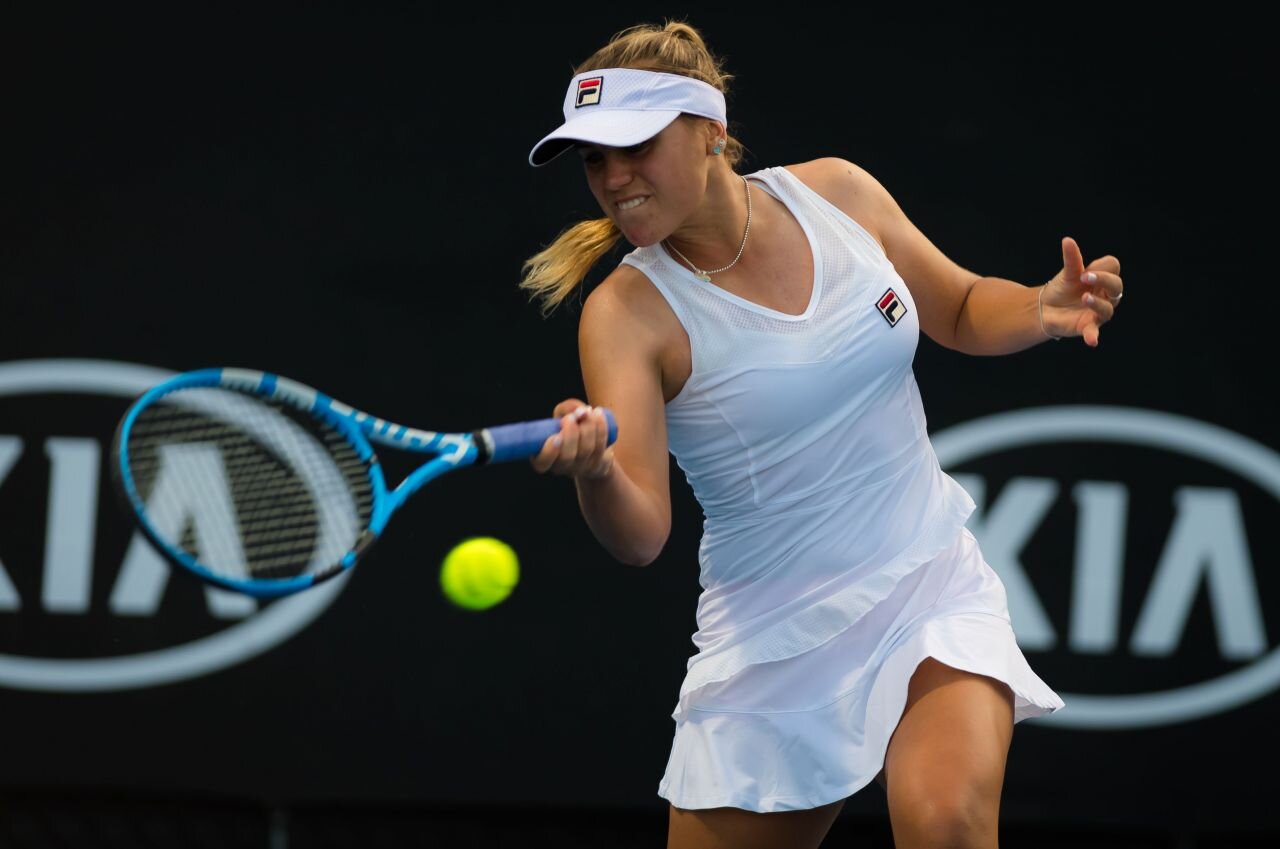This article is about the game of singles. Playing singles tennis is a tremendous workout and can be a lot of fun if your opponent is at a comparable level. It’s a lot more intense physically and mentally than doubles.
Since you have to cover the whole court, as opposed to half the court in doubles, there is a lot more exertion and movement in singles. Also, consider that in doubles you serve once every four games; in singles, you serve every other game. In singles, if you have a weakness in your game, it’s easier for your opponent to attack it.
In addition, singles can be incredibly exciting to both play and watch. There’s no teammate for competitors to talk strategy with. There are no points that you can let your partner “take over” on if you’re tired. A big adjustment is how to navigate all that space you have to cover on your side of the court, and all that space you have to hit into on the opposite side of the net!
Here are our top five tips to help with singles strategy:
1) Use the Warm-Up Wisely
Most players make the mistake of thinking that the warm-up period is solely to get your own game warmed up. Not so. It’s absolutely crucial to use the warm-up to see what types of shots your opponent is most comfortable hitting (and what he or she is not comfortable hitting). Vary your spins, vary your pace, and watch your opponent’s tendencies. Tip: hit the ball directly at your opponent on the baseline. See which stroke - forehand or backhand - he or she plays when the ball is hit right at them. That will show you which side they prefer to hit from and likely will give you a hint which side of theirs is weaker.
2) Use Your Own Strengths
Don’t be afraid to play the shots you are most comfortable hitting. If you have a better forehand, try and stand a few feet on the backhand side so that you can hit more forehands. If you are a patient or consistent player, stand behind the baseline a few more feet so that you can retrieve more balls and keep them in play. If you like long rallies, take some pace off your serves in order to make them (so that you don’t give free points away by double faulting). In short, the point is to make your opponent adapt their game to yours whenever possible - not vice versa. If you focus on using your strengths, it will also be easier to attack your opponent’s weaknesses.
3) Play Shots with Variety
Most of us find that playing against the same type of shot - pace, spin and position - is a lot easier than having to adjust to shots that are coming at us with varying pace or spins. You want to use that fact against your opponent. If you hit the same type of shot over and over to your opponent, he or she will be able to get into a “groove”. By throwing a lot of different shots at them - drop shots, slice, topspin, loops, flat drives - it will cause them to have to adapt their own swings and positioning. It creates discomfort.
4) Make Your Opponent Run
This sounds so simple, but often is difficult to execute. Most of the time, the person who has to run around the court more is at a disadvantage in singles. First, it’s more difficult to hit an effective shot while on the run. Second, it gets tiring - physically and mentally - chasing shots down frequently. Don’t be afraid to hit angles, open the court and get your opponent on the run side to side and up and back. Unless your opponent is inconsistent, just hitting the ball to them in the middle of the court won’t do it.
5) Get a Great Second Serve
On a tennis court, your opponent has the biggest advantage after you have missed your first serve. Most players don’t utilize their second serve as a weapon, and therefore leave themselves open to having their opponents be able to attack in the return game. If your opponent is able to look at an easy second serve, it puts you (the server) on the defensive from the start. Start to feel confident in your second serve, and it will allow you to go for bigger first serves. Like my college coach used to say: “You’re only as good as your second serve!”

